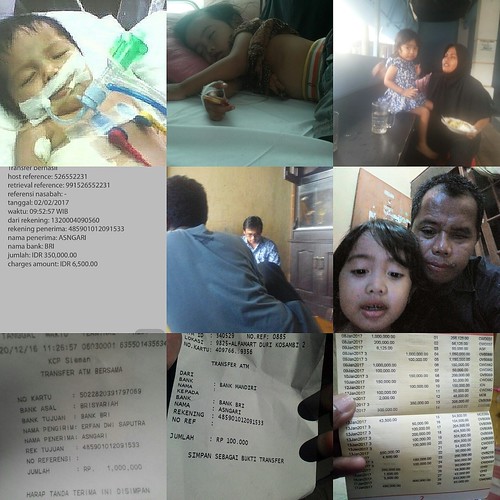Cells expressing wild-kind LPAR1 had a related motility as the parental or vector-control cells (Determine S2), signifying that the improved motility was a result of the mutation. Moreover, the improved motility in NIH3T3 cells expressing mutant LPAR1 receptor could be abolished by pre-incubating cells with a ROCK inhibitor Y27632 in the scratch assays (Figure 4F),  suggesting activation of Rho-ROCK pathway by the mutant LPAR1 receptor. This outcome was consistent with the expression profiling experiments which predicted activation of Rho pathway in NIH3T3 cells expressing mutant LPAR1 receptors. The RHO-ROCK pathway has been documented to control cell motility [35,36] and is one particular of canonical pathways downstream of LPAR1. We therefore investigated if the mutation experienced any influence on this pathway using a Rho activation assay in NIH3T3 cells and a luciferase reporter assay that contains serum response components (SRE, a downstream goal of Rho-ROCK signaling) in COS-7 cells. Rho activation assays confirmed a transient enhance of GTPbound form of Rho following exposure to LPA ligand in the two wildtype and mutant LPAR1 expressing NIH3T3 cells indicating the activation of Rho pathway mediated by LPAR1 receptors (Figure 5A). As envisioned, the mutant LPAR1 receptor demonstrated a larger activity than the wild-kind receptor (Determine 5A). Additionally, luciferase assays in transient transfected COS-seven cells showed that both wild-type and mutant LPAR1 receptors responded to their ligand LPA in a dosedependent fashion and there was a significantly increased SRE response to LPA in cells expressing the mutant receptor (Figure 5B). Consequently, equally experiments evidently demonstrated that the R163W mutation of LPAR1 increases cell motility by way of augmented MKC-3946 signaling of the RHO-ROCK pathway.
suggesting activation of Rho-ROCK pathway by the mutant LPAR1 receptor. This outcome was consistent with the expression profiling experiments which predicted activation of Rho pathway in NIH3T3 cells expressing mutant LPAR1 receptors. The RHO-ROCK pathway has been documented to control cell motility [35,36] and is one particular of canonical pathways downstream of LPAR1. We therefore investigated if the mutation experienced any influence on this pathway using a Rho activation assay in NIH3T3 cells and a luciferase reporter assay that contains serum response components (SRE, a downstream goal of Rho-ROCK signaling) in COS-7 cells. Rho activation assays confirmed a transient enhance of GTPbound form of Rho following exposure to LPA ligand in the two wildtype and mutant LPAR1 expressing NIH3T3 cells indicating the activation of Rho pathway mediated by LPAR1 receptors (Figure 5A). As envisioned, the mutant LPAR1 receptor demonstrated a larger activity than the wild-kind receptor (Determine 5A). Additionally, luciferase assays in transient transfected COS-seven cells showed that both wild-type and mutant LPAR1 receptors responded to their ligand LPA in a dosedependent fashion and there was a significantly increased SRE response to LPA in cells expressing the mutant receptor (Figure 5B). Consequently, equally experiments evidently demonstrated that the R163W mutation of LPAR1 increases cell motility by way of augmented MKC-3946 signaling of the RHO-ROCK pathway.
Higher resolution methods this sort of as genome-vast sequencing have revealed complex intra- and inter-tumor heterogeneity of cancer [37,38]. We sequenced three tumors taken at different time all through the condition course of a patient, and located a main set of fifteen shared mutations persistently introduced throughout the entire program of the ailment. thirty other mutations arose in a liver metastasis that had been not detected either in the bone marrow metastasis at diagnosis or in any of four unique components from the principal tumor utilizing extremely-deep sequencing. Diverse from the revealed reports demonstrating intra-tumor heterogeneity of 19471906the primary tumors [37,38], the comparable frequencies of all variants amid distinct sections of the principal tumor implied a remarkably regular mutation profile and absence of a tumor clone resembling the liver metastasis in the major tumor in our review. Consequently, though the probability of complete elimination of Met2-like most cancers cells from the major tumor by therapies can’t be ruled out because the major tumor was taken after treatment, these 30 mutations ended up most likely de novo mutations acquired throughout 3.5 years’ therapy. Apparently ARID5A was amongst these thirty de novo mutant genes special to Met2, and a latest sequencing research has documented that mutations in the chromatin-transforming genes ARID1A and ARID1B in neuroblastoma had been connected with a far more aggressive phenotype [16].
